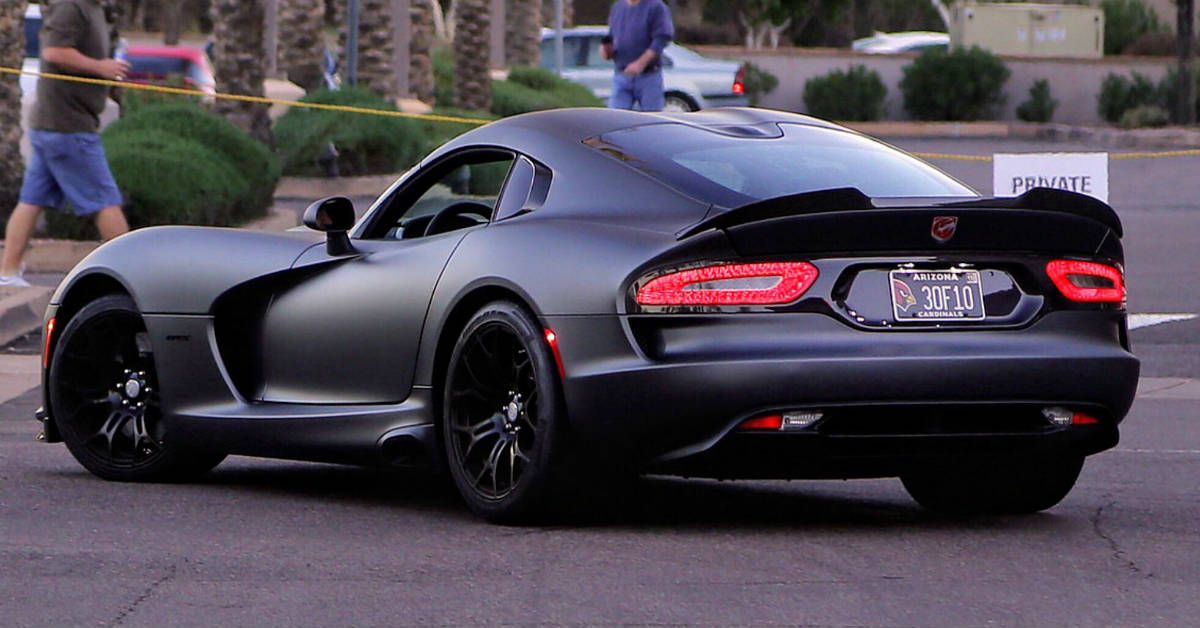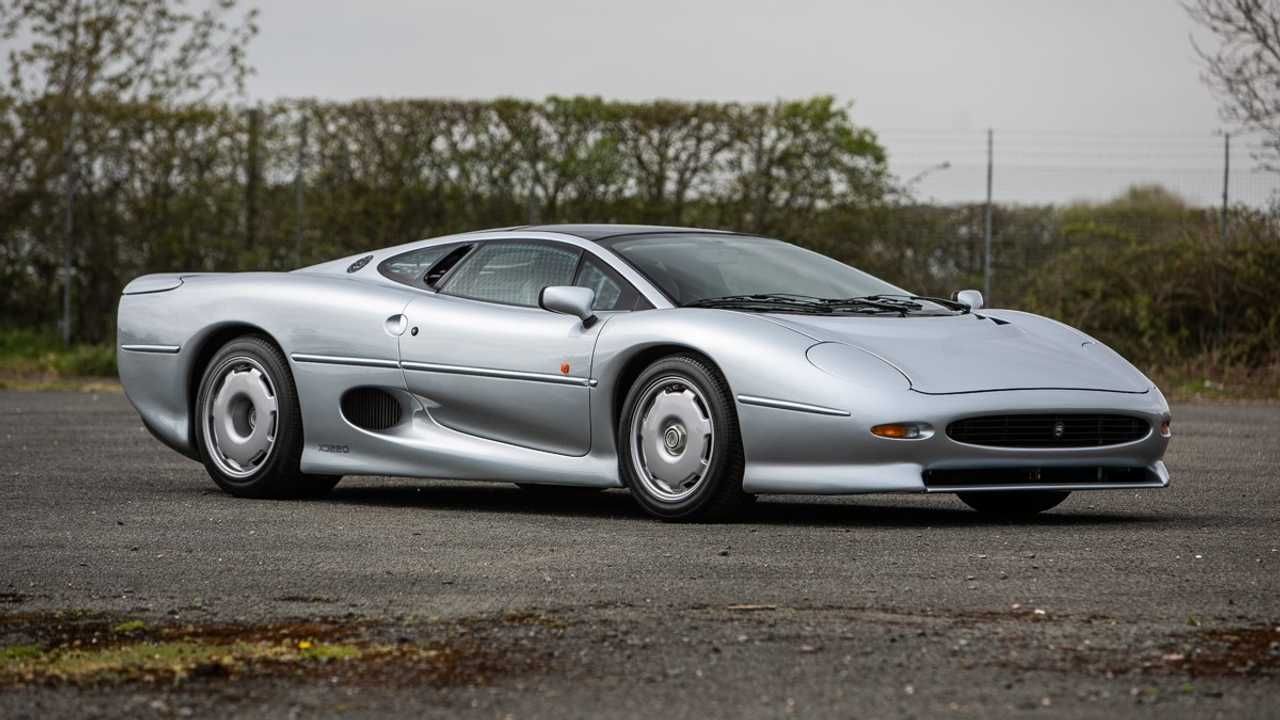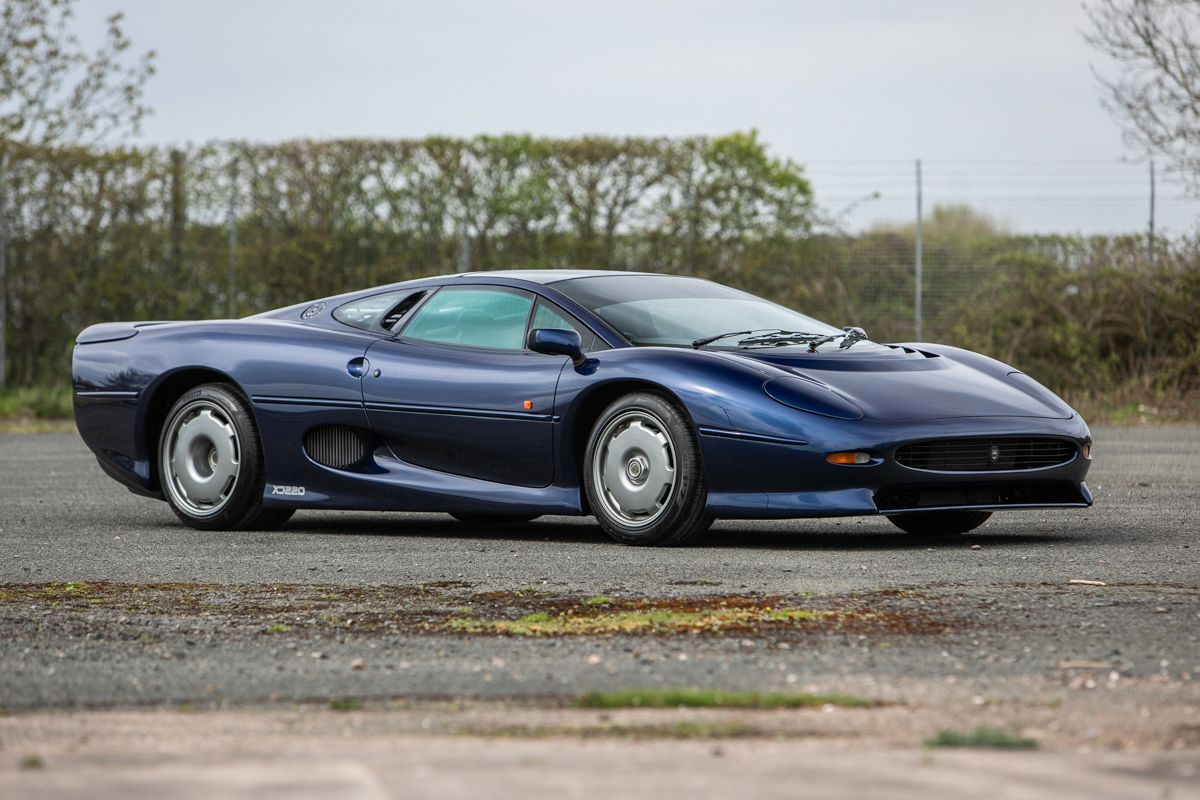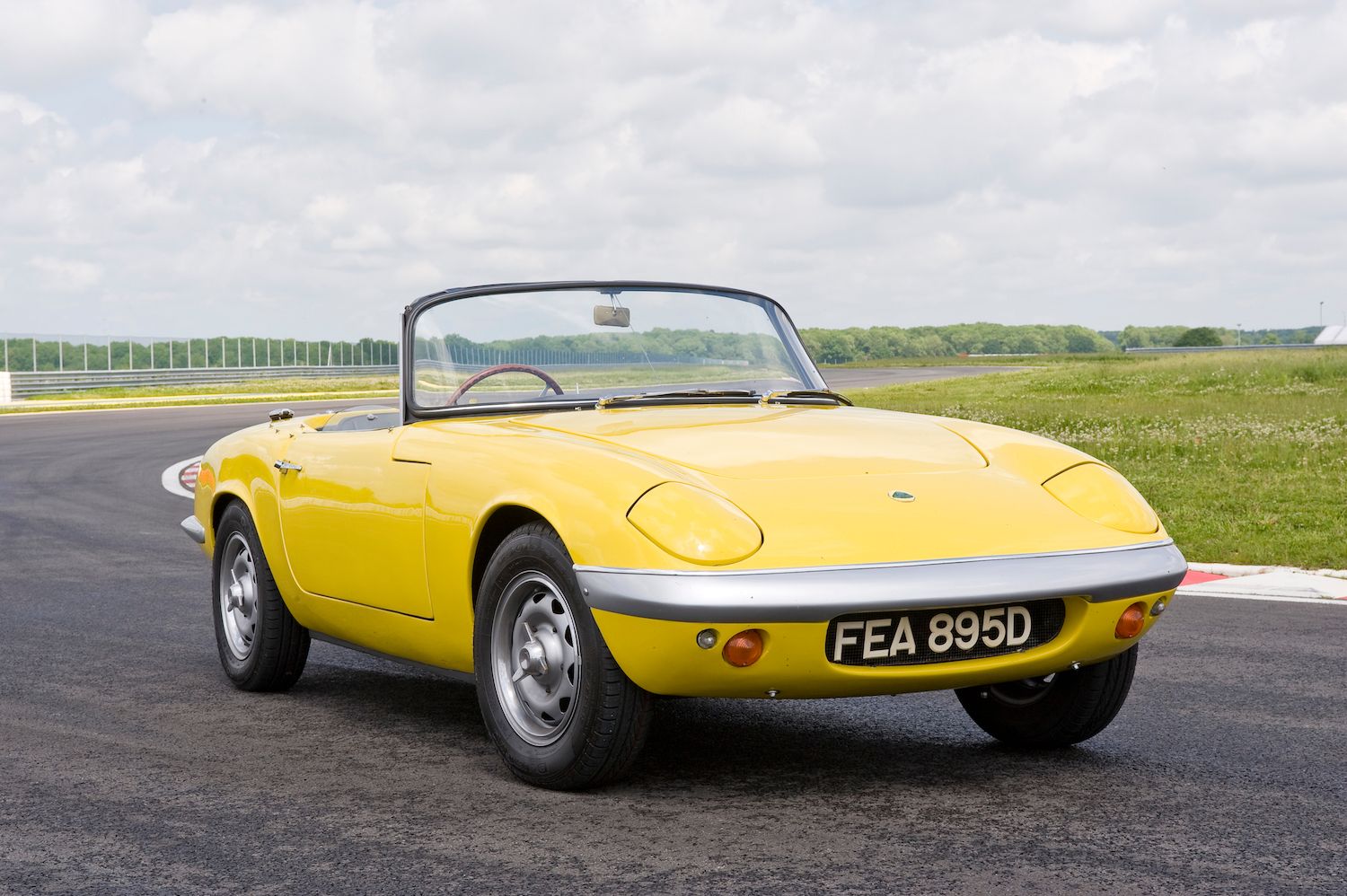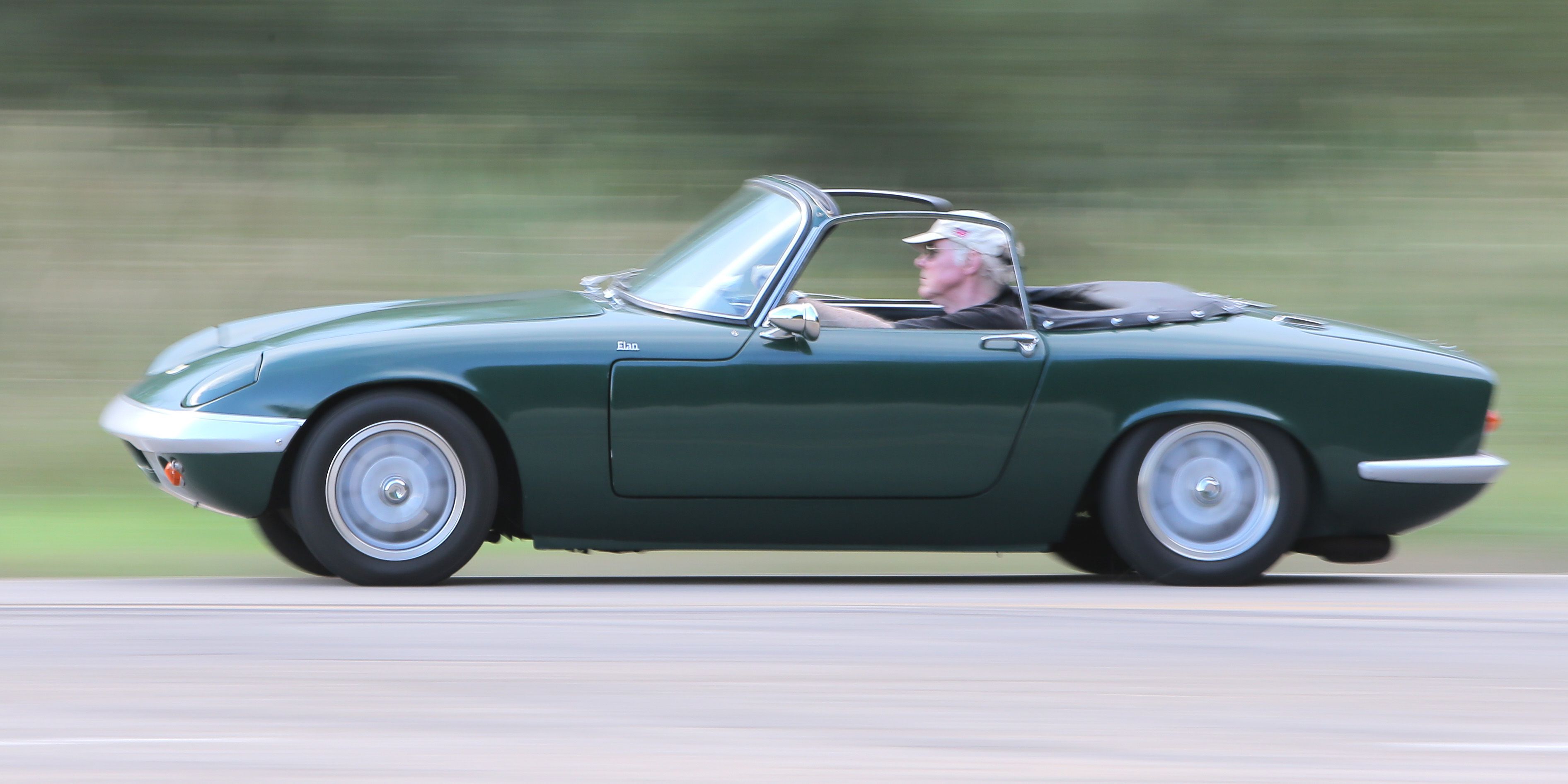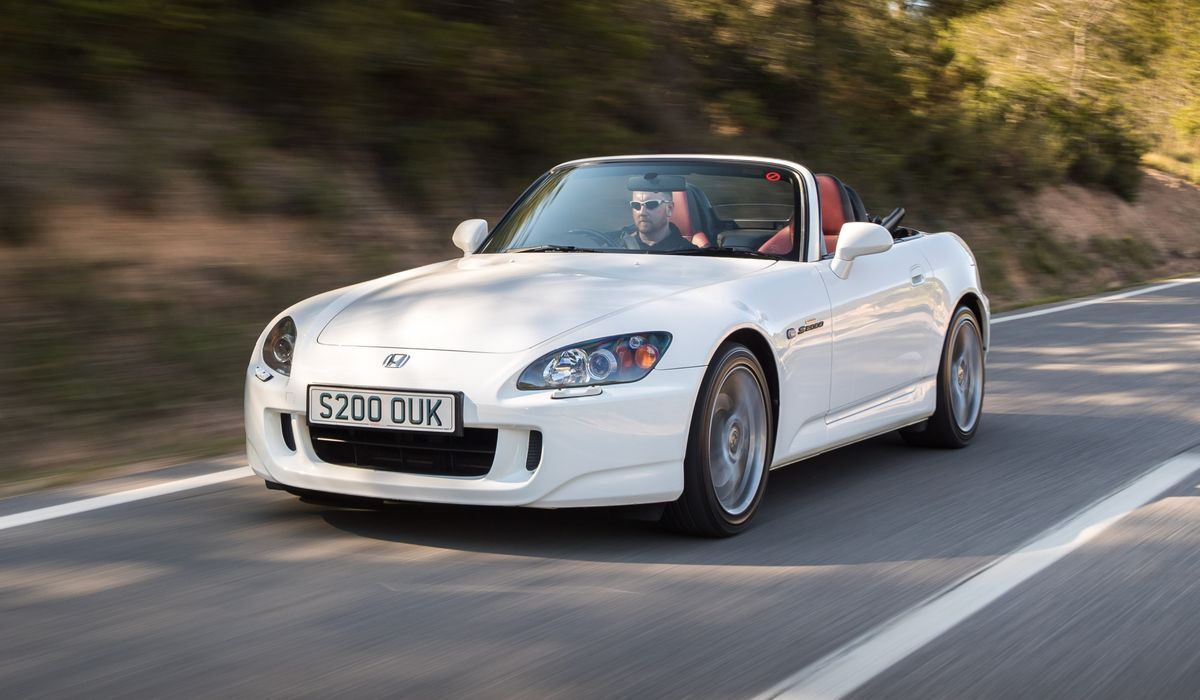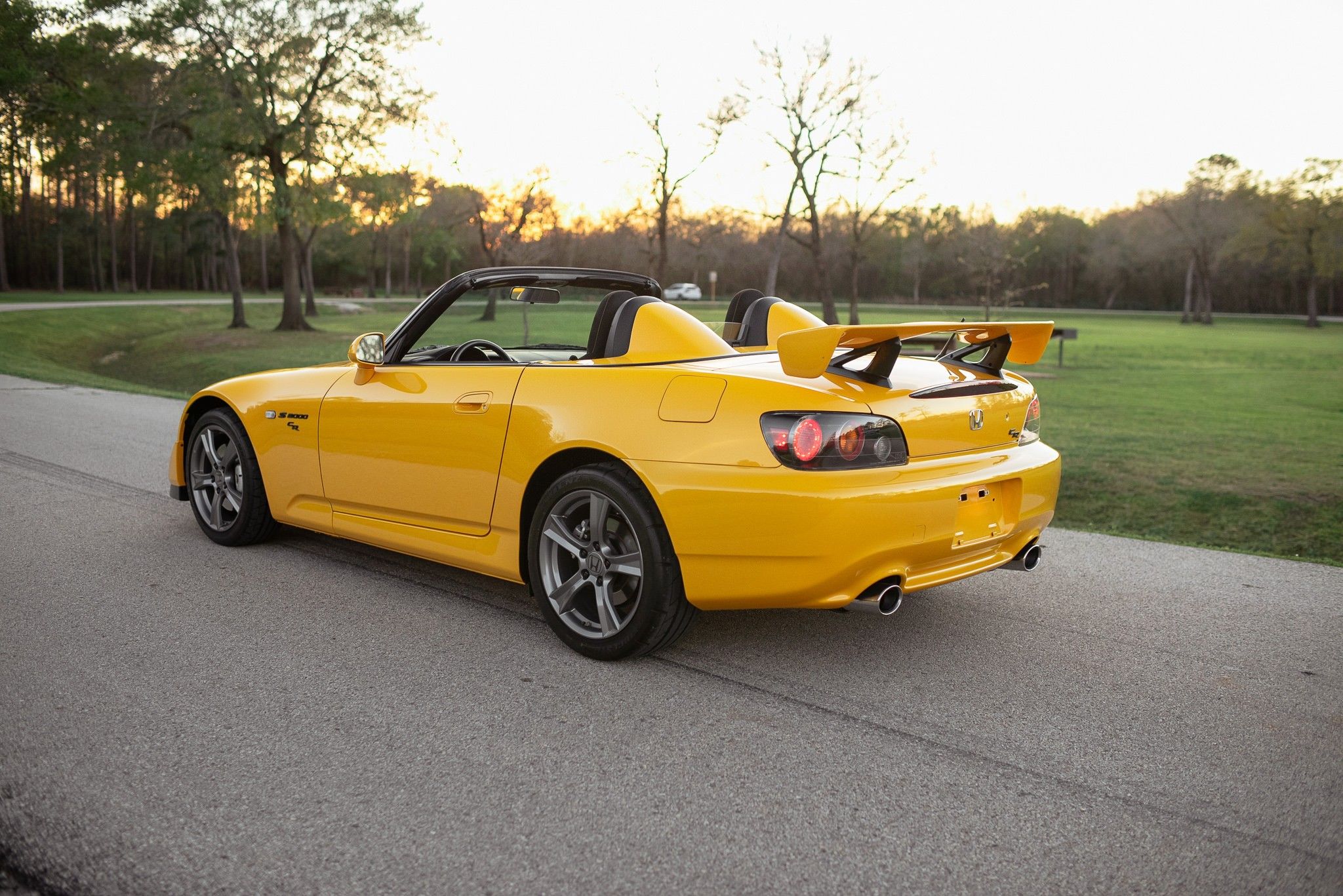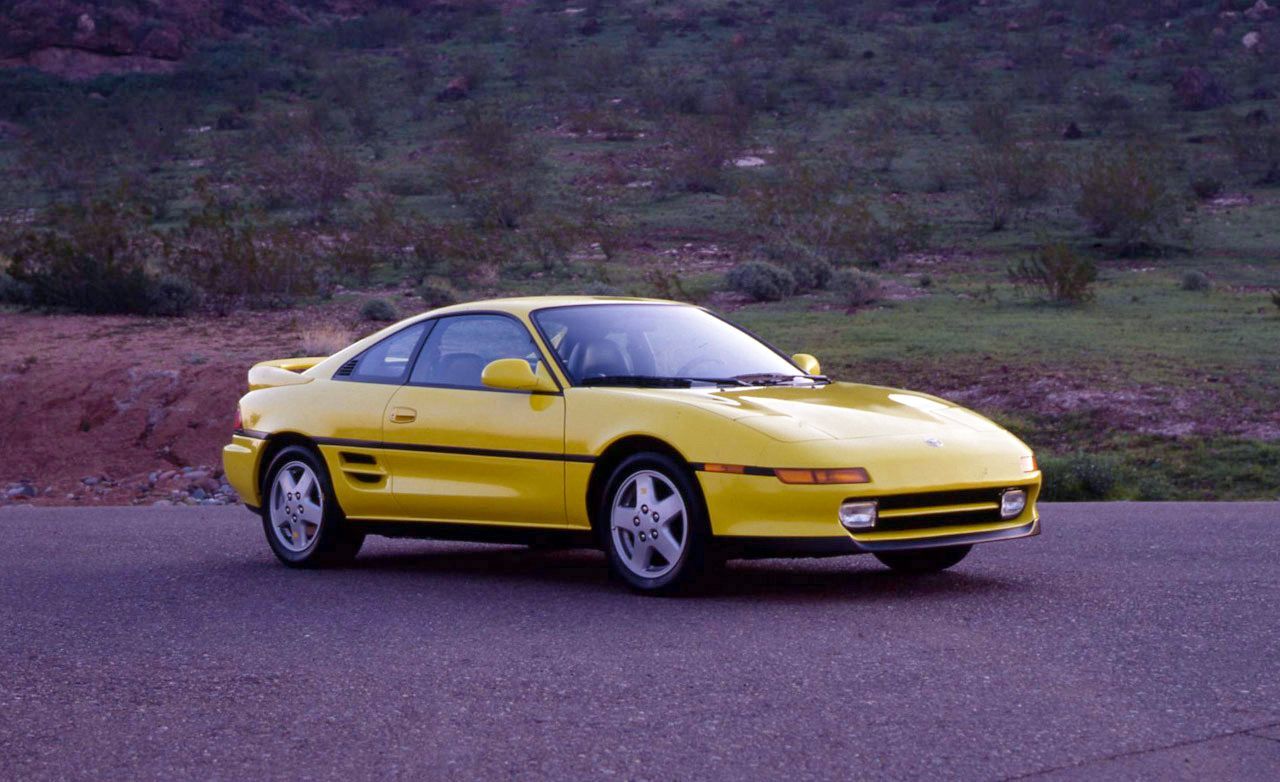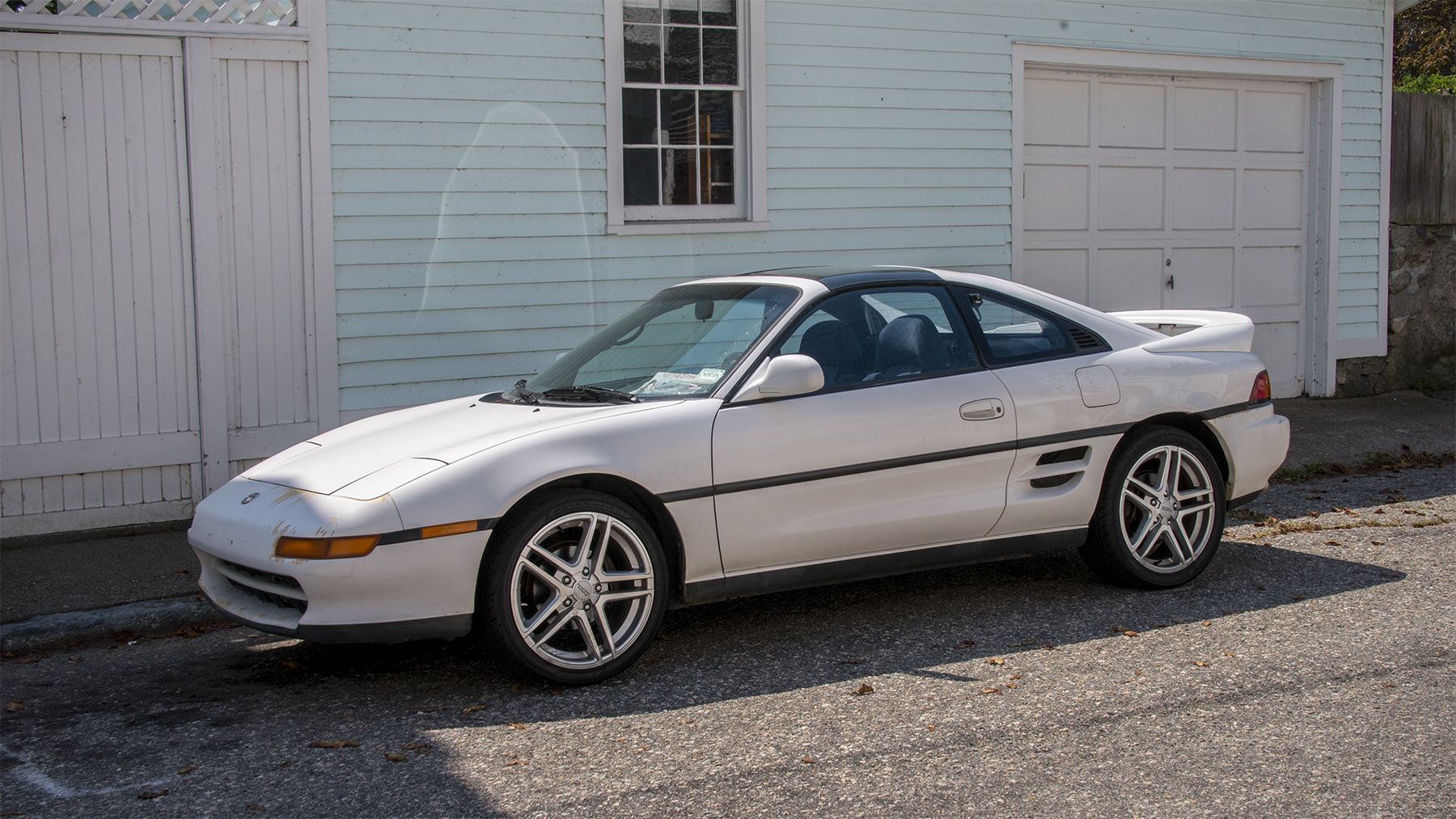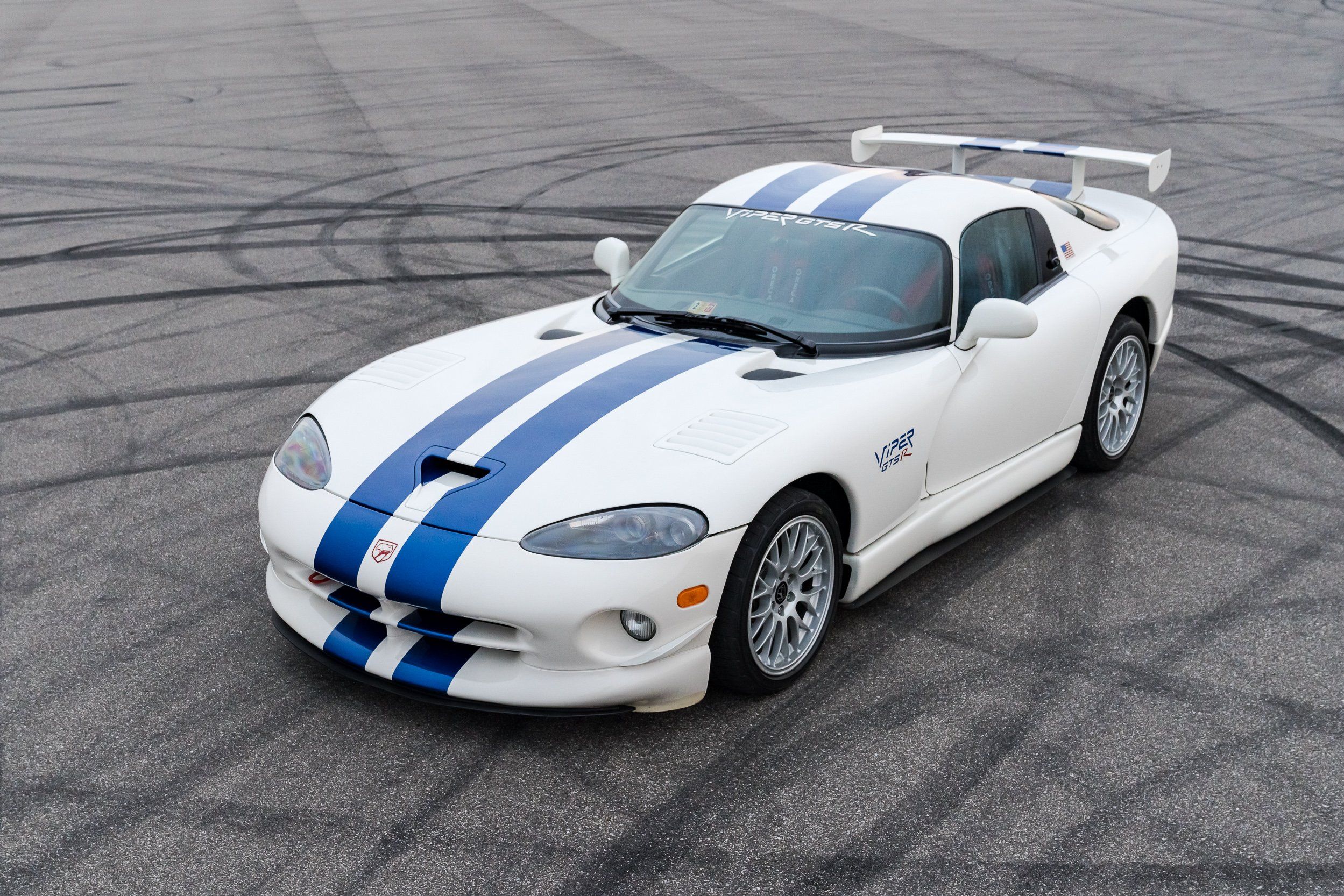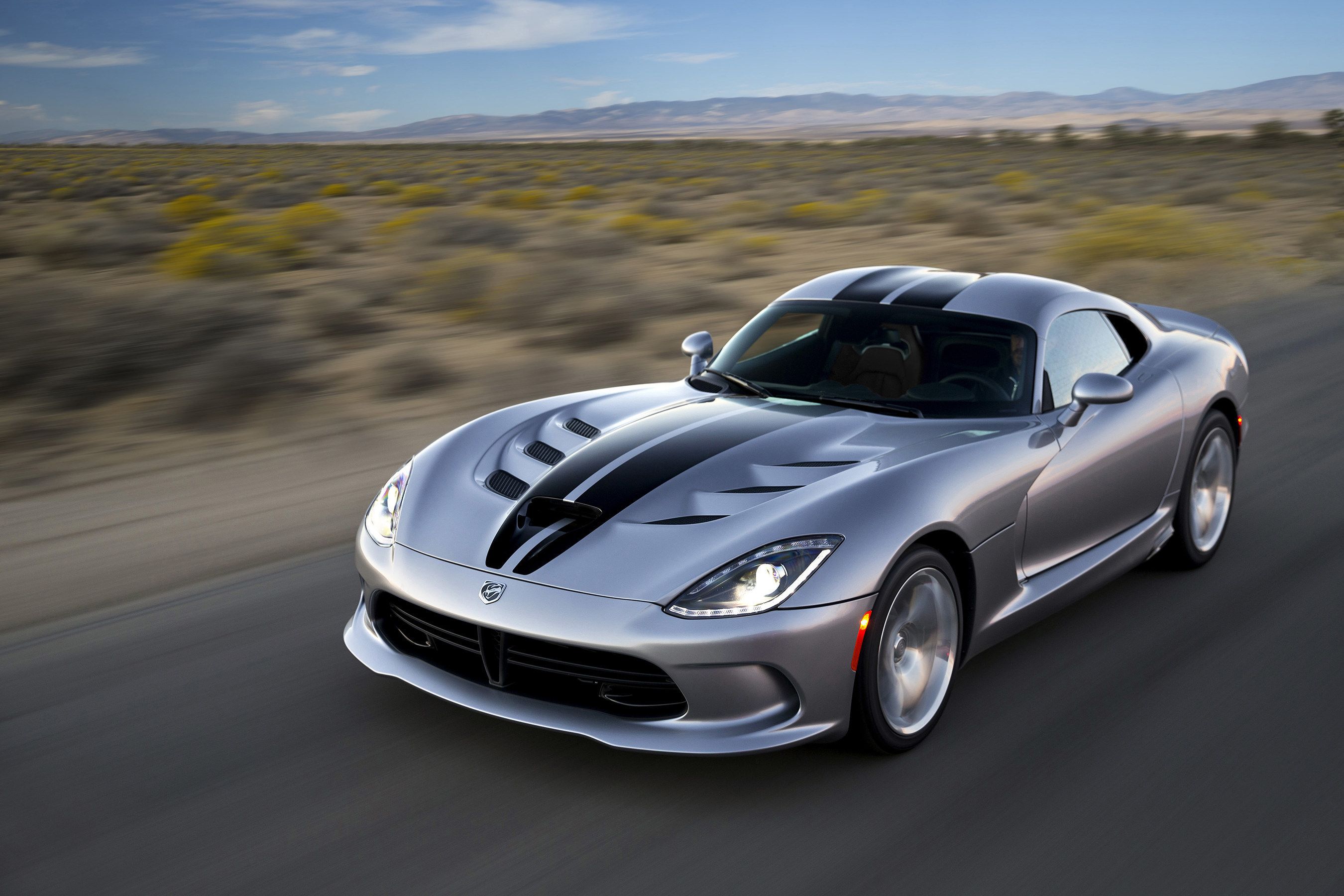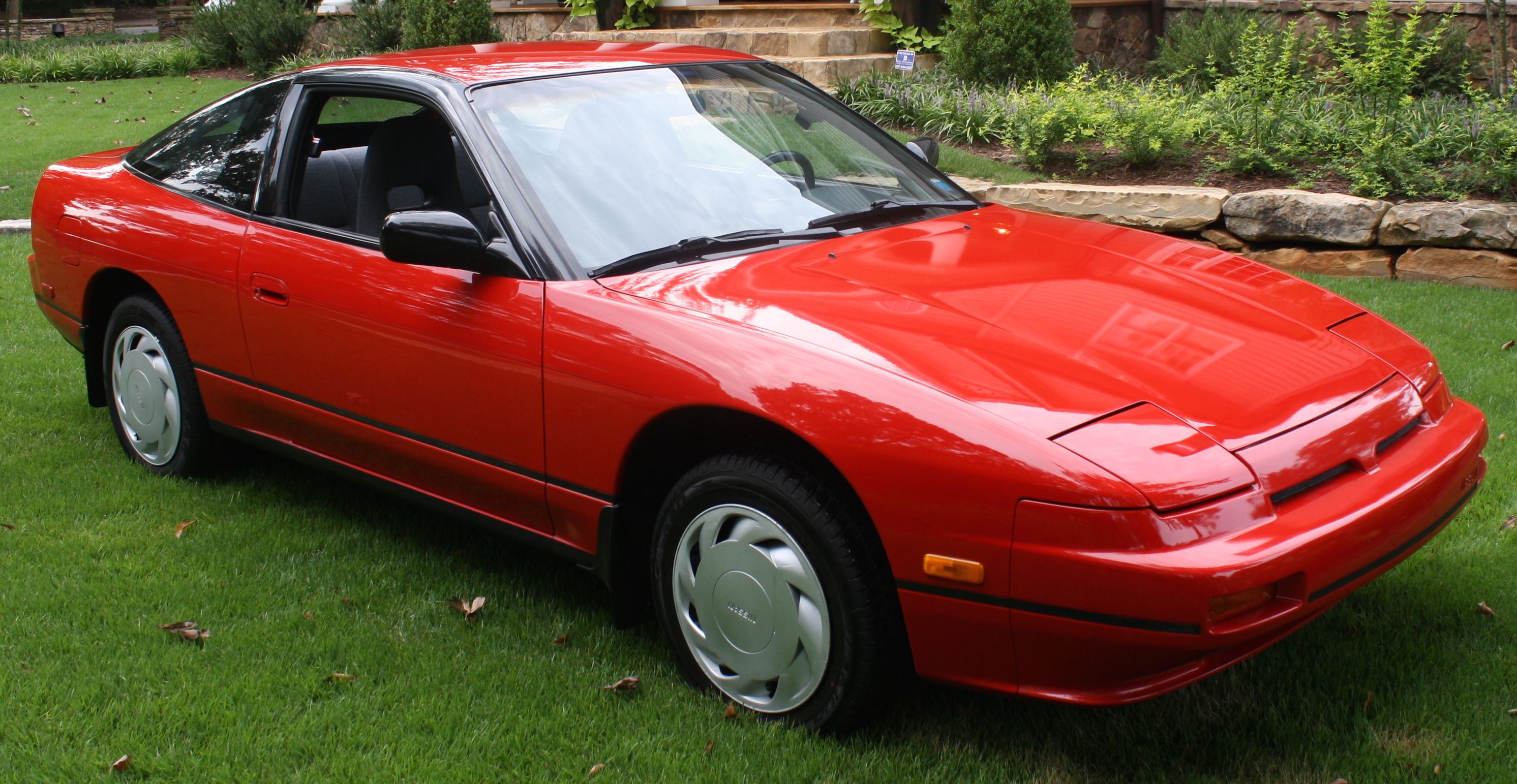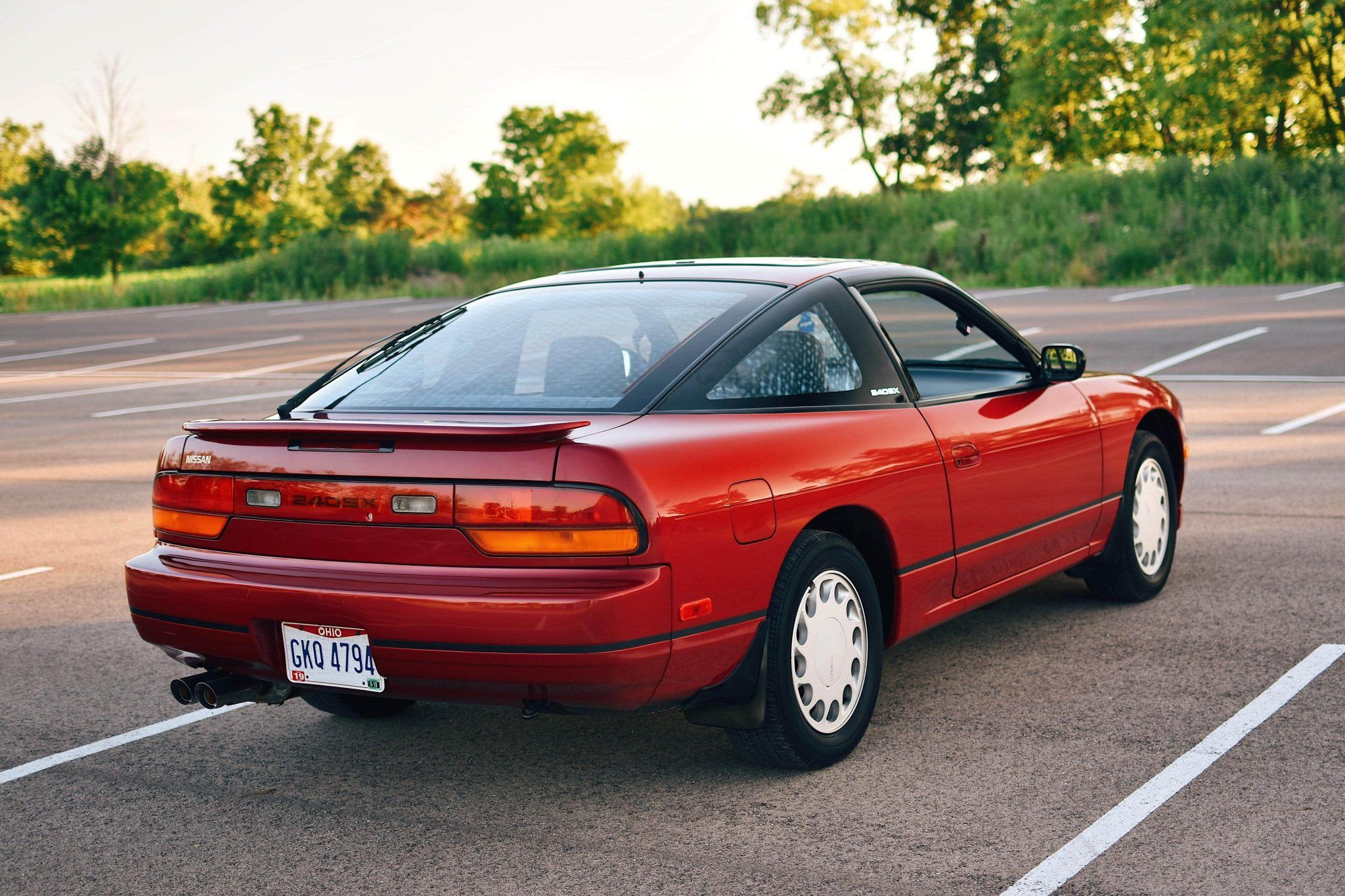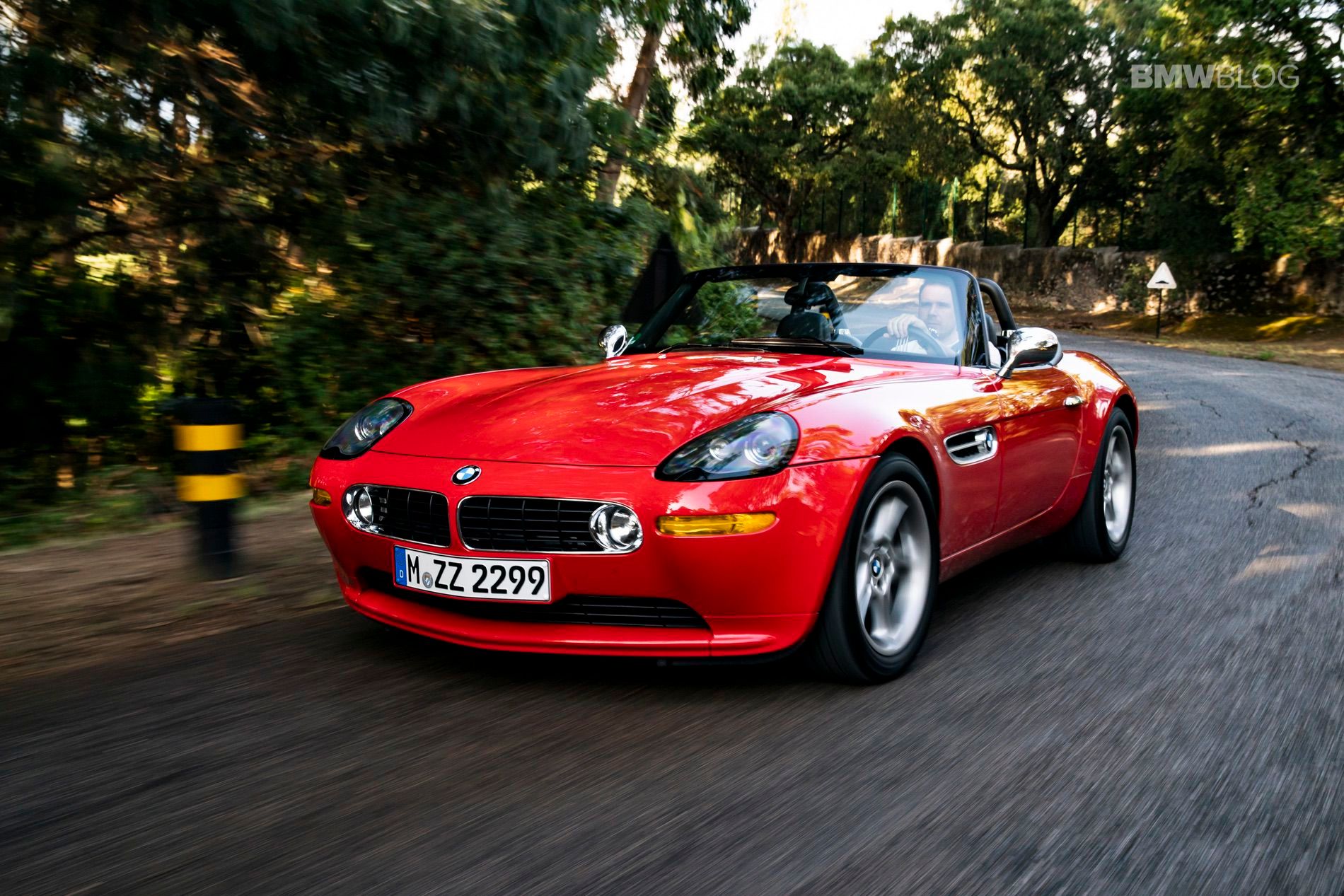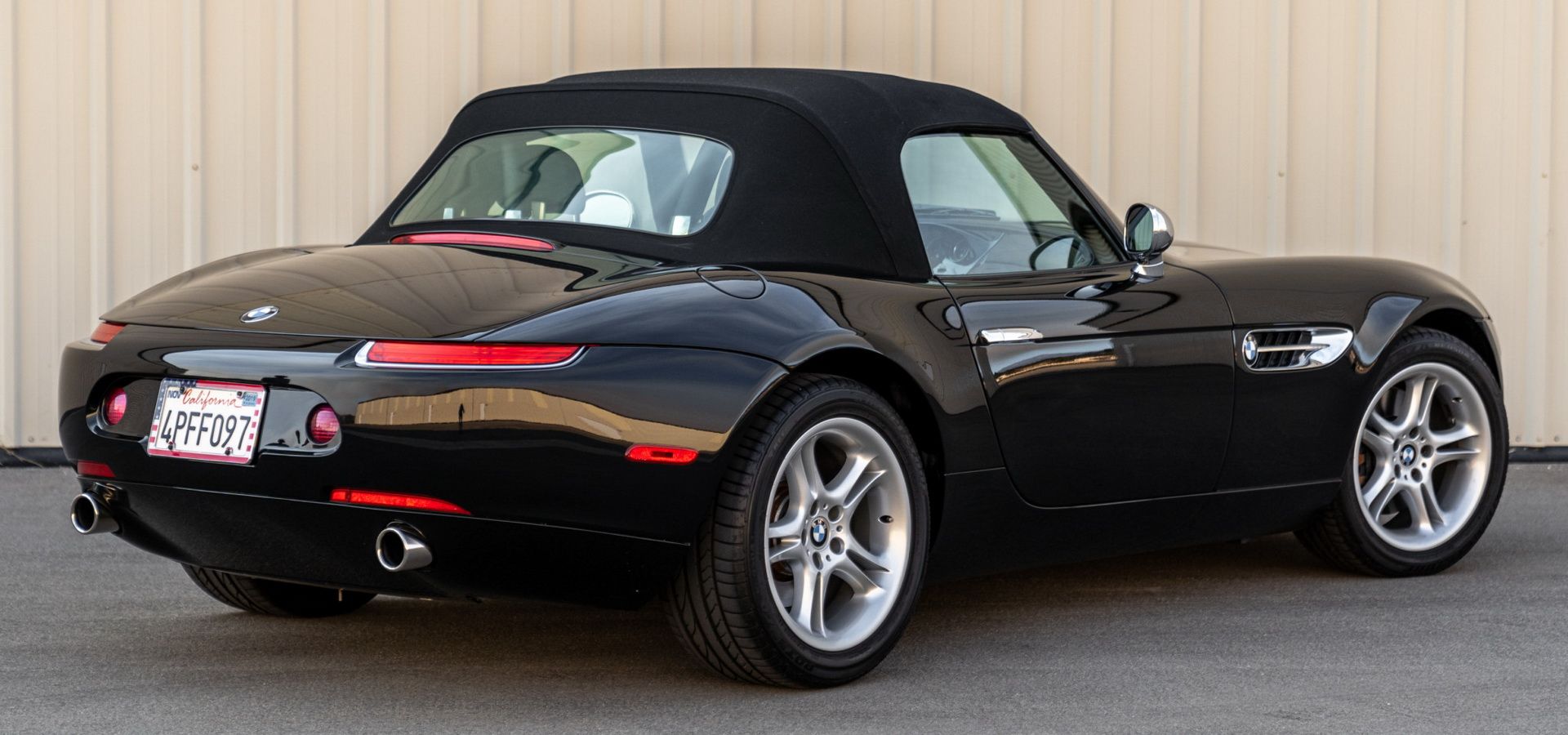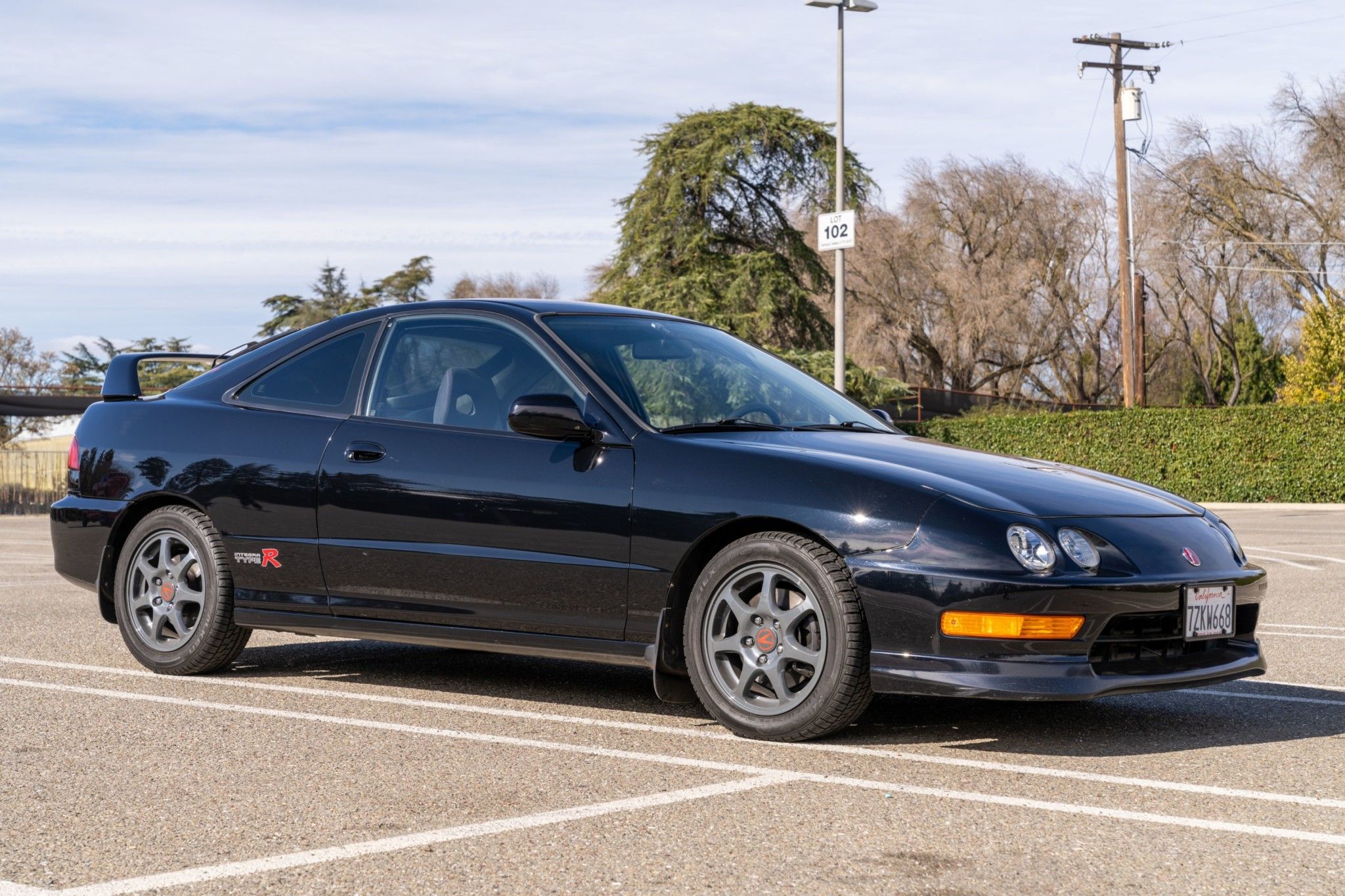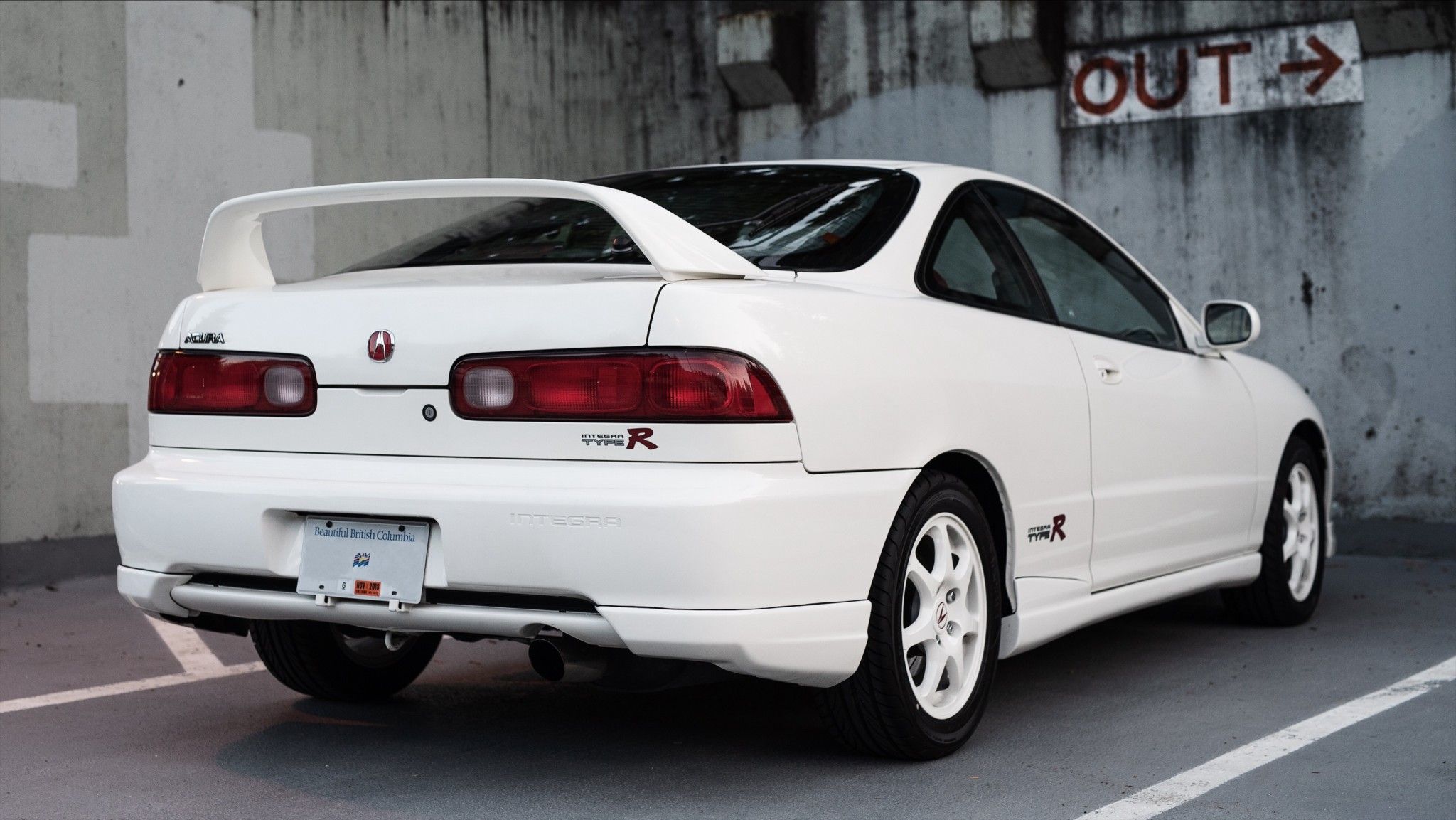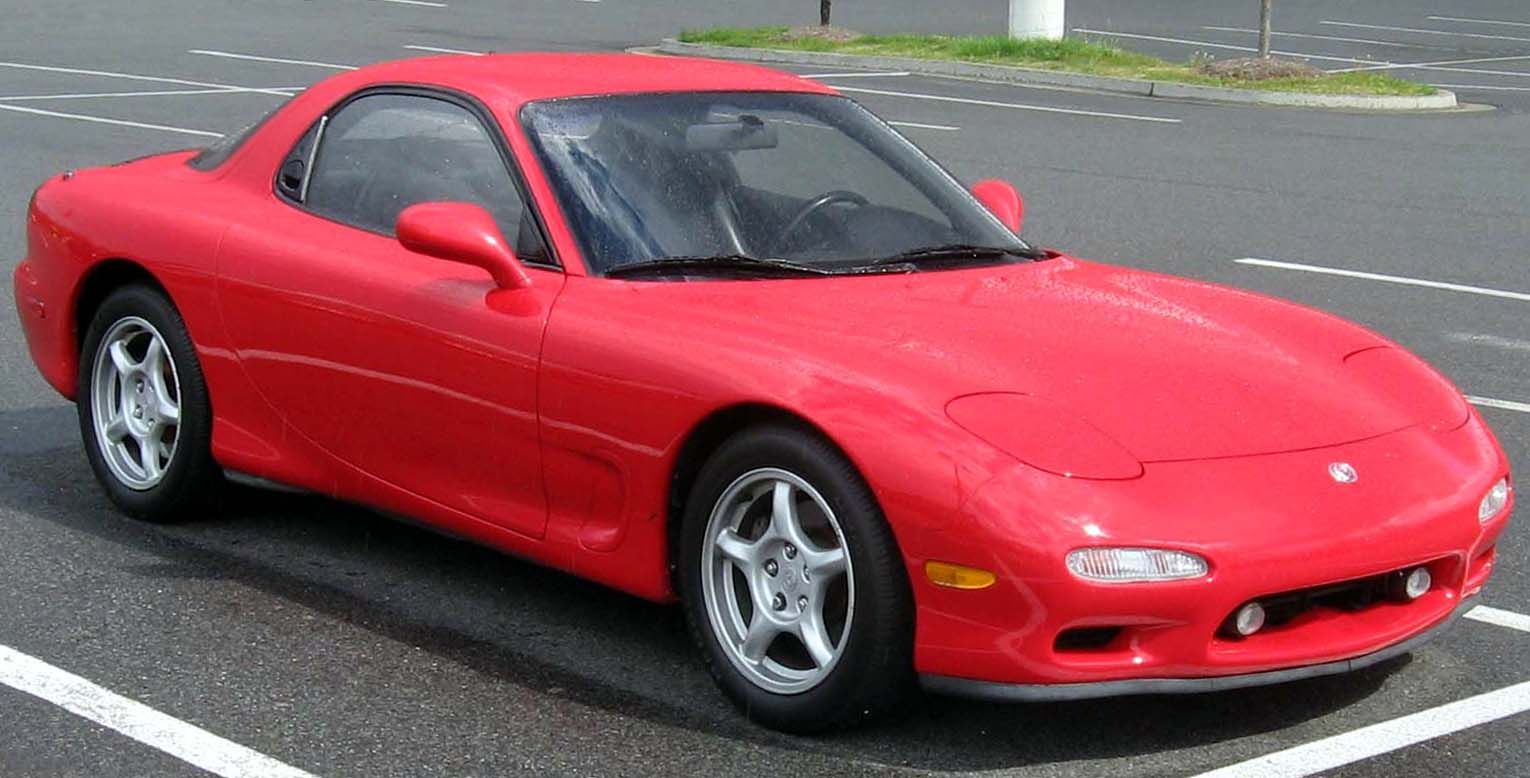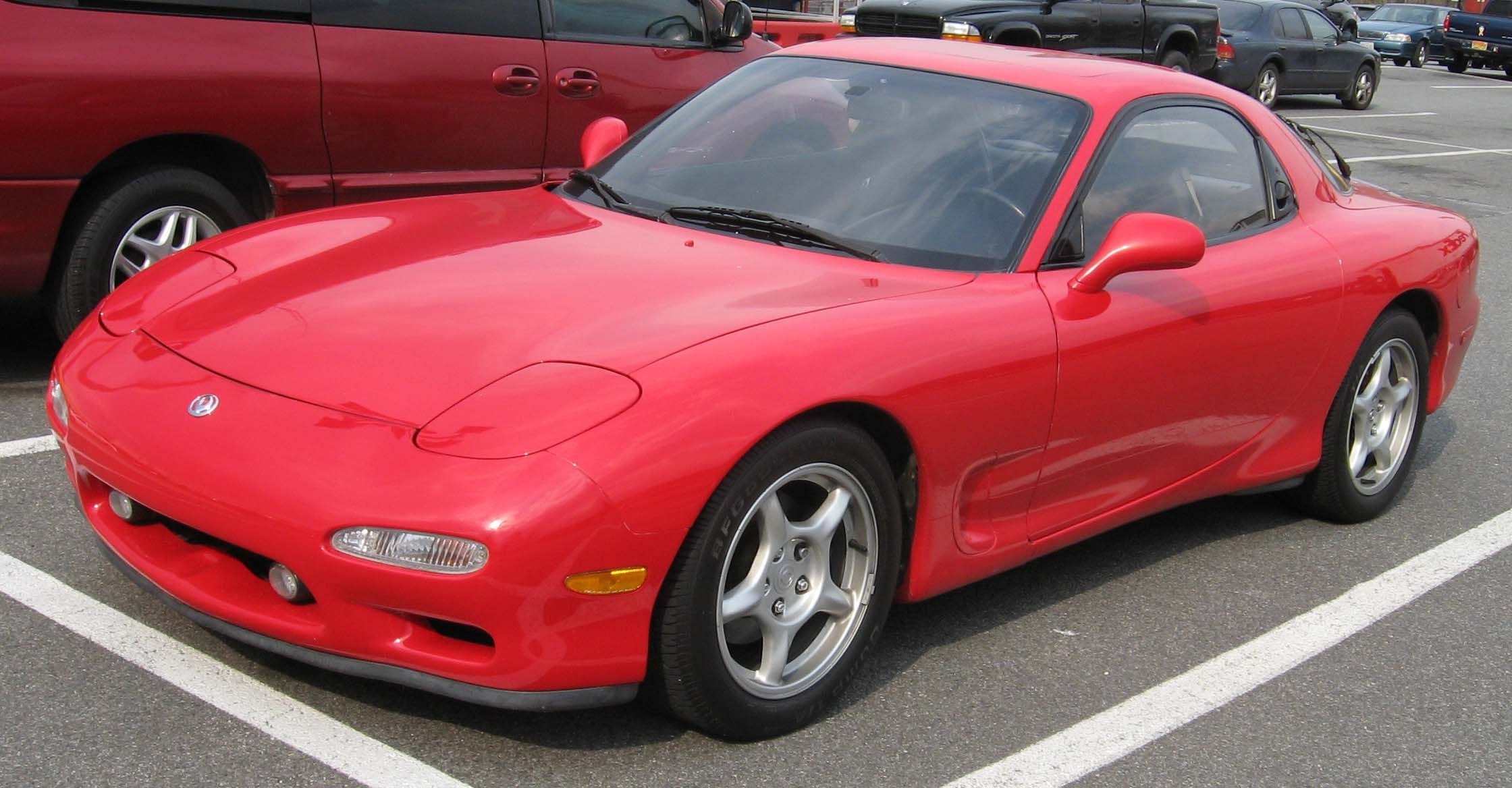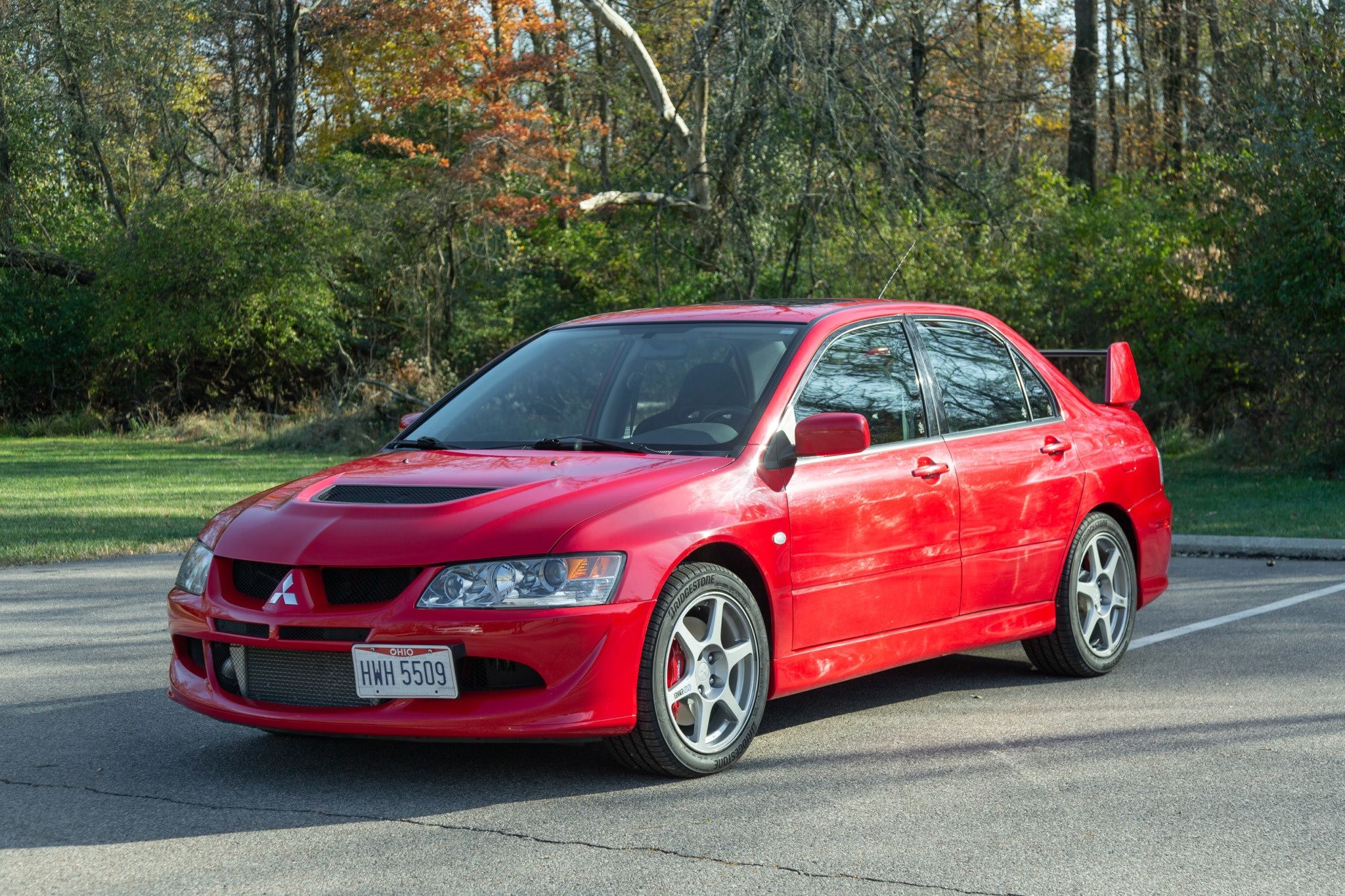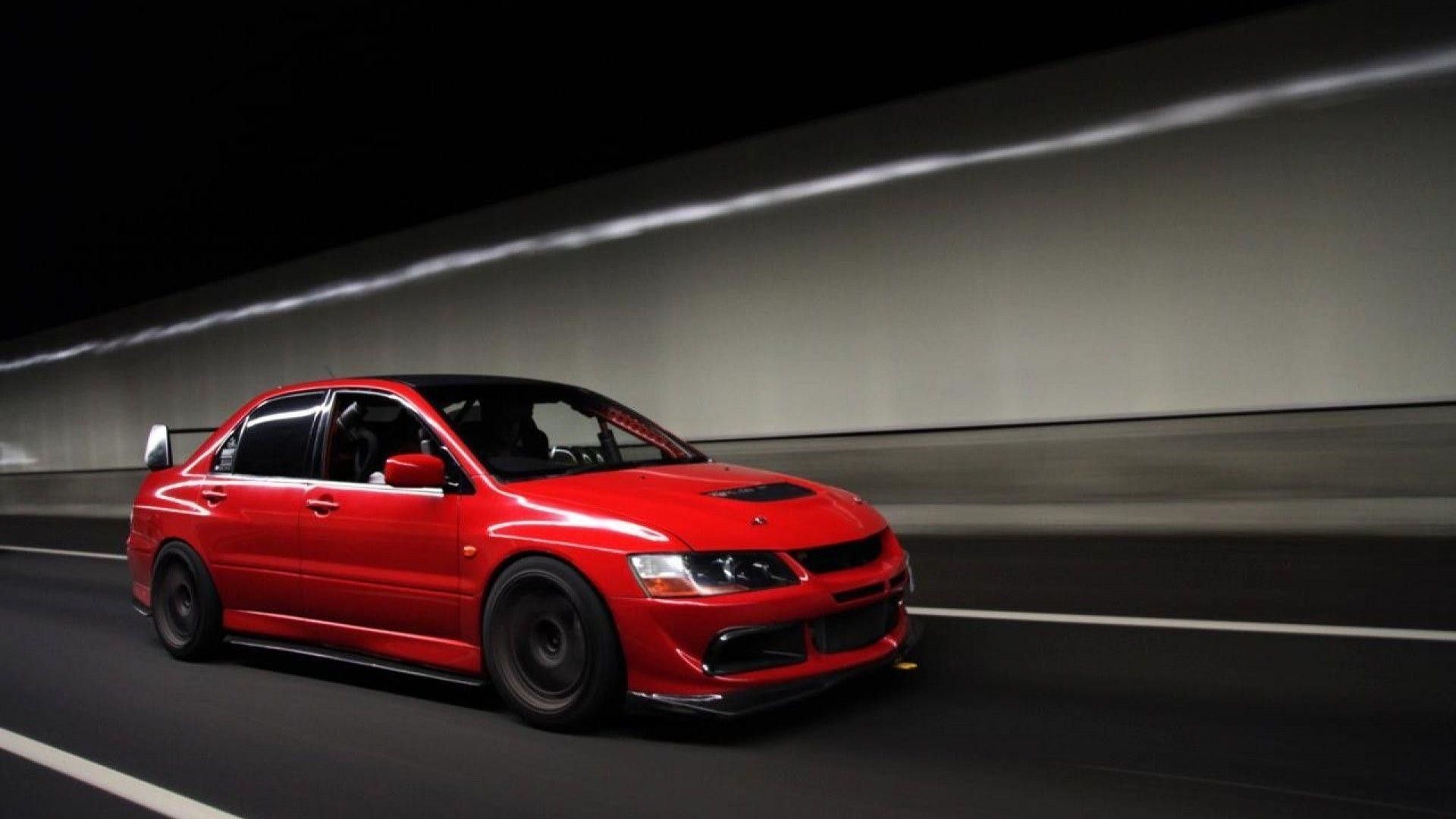When an automaker introduces a new model, they hope that it will be so popular that they can keep producing it indefinitely. There have been some legendary vehicles throughout automotive history that have been in production for decades—cars like the 911, one of Porsche's greatest sports cars. The Ford F-150 pickup truck that has been among the best-selling vehicles in the US for decades, or the Honda Civic, one of the most reliable family cars of all time.
However, there have been many vehicles that, despite being great, were discontinued for reasons such as low sales, high production costs, technological obsolescence, and a whole host of other reasons. This list delves into ten discontinued sports cars that every gearhead wishes would come back.
10 Jaguar XJ220
The Jaguar XJ220 is regarded as one of the greatest sports cars of the 90s – which is a huge achievement considering it started as a side project by an informal group of Jaguar employees. After building the XJ220 concept and showing it at the Birmingham Motor Show, Jaguar instantly received more than 1,000 serious orders for the powerful sports car, forcing them to put it into production.
Unfortunately, engineering and emission requirements forced Jaguar to make significant changes to the XJ220's specifications, most notably the replacement of the V12 engine by a turbocharged V6. These changes led to a collapse in the car's demand. In the end, only 275 examples were built, each with a price of more than $500,000.
9 Lotus Elan
Introduced in 1962, the Lotus Elan was a two-seater sports car considered Lotus's first commercial success and a massive contributor to the automaker's racing achievements in the 60s-70s era. The Elan came with a range of advanced technologies, some never seen before. It was the first Lotus car to have a fiberglass body built on a steel backbone chassis. It also had a 1,558cc DOHC engine, rack and pinion steering, four-wheel disc brakes, and a four-wheel independent suspension.
After a 12-year production run, Lotus discontinued the Elan with around 10,000 cars produced. Lotus announced a new Elan concept at the 2010 Paris Motor Show, but the project was canceled before production.
8 Honda S2000
The S2000 was an open-top sports car manufactured by Honda from 1999 to 2009. It was first launched to celebrate Honda's 50th anniversary and quickly grew in popularity due to its front mid-engine, rear-wheel-drive layout and the fact that it had the highest specific power output of any naturally-aspirated engine car.
The engine in question was a 2.0-2.2L four-cylinder VTEC unit producing 247 horsepower. After almost a decade of steady production, the S2000's sales started falling in 2006, a trend that was accelerated by the 2008 economic crisis. Honda finally discontinued the S2000 in 2009 after selling 110,673 units.
7 Toyota MR2
Introduced in 1984, the MR2 – or Midship Runabout 2-seater was a two-seater sports car conceived as a small, economical, and sporty car. It was the first-ever Japanese mid-engined production car and employed straightforward design elements such as independent front and rear suspension, a transverse-mounted inline-four engine, and four-wheel disc brakes.
Regarded as one of the most excellent Japanese sports cars from the 80s, the MR2 enjoyed a successful production run for almost two decades. However, sales started falling in 2000 due to increasing competition, eventually forcing Toyota to discontinue the MR2 in 2005 in the US and 2007 globally.
6 Dodge Viper
When it debuted in 1992, the Dodge Viper was an instant hit. Motoring enthusiasts loved the Viper for its sleek body style, raw character and attitude, the massive V10 engine at the front, and rear-wheel-drive. Dodge produced more than 100,000 Vipers with a similar layout over three decades. The most potent Viper came with an 8.2-liter V10 producing 645 horsepower, making it faster than pricier European exotics.
Surprisingly, the Fiat Chrysler group announced ending the Viper's production in 2017. The company cited dwindling sales as the reason for the discontinuation, but other sources claimed that the reason was that the Viper couldn't comply with some safety regulations.
5 Nissan 240SX
The 240SX is a Japanese sports car introduced to the North American market in 1989 as a replacement for the 200SX. It is based on the Nissan S platform and is closely related to other S platform vehicles, such as the 180SX. The 240SX is well-known globally for its distinctive design and its appearance on video games like Forza Motorsport and Midnight Club.
The 240SX was produced over two distinct generations, with most cars coming with a 2.4-liter inline-four engine. Unfortunately, the later generations suffered in sales due to increased competition from other manufacturers and consumers preferring larger and more practical vehicles, such as SUVs and pickup trucks.
4 BMW Z8
The Z8 is a roadster produced by BMW from 2000 to 2003. Designed by Henrik Fisker, the Z8 was initially intended to be a styling exercise to evoke and celebrate the 1956 BMW 507. The Z8 had an aluminum chassis and body and came with a color-matching metal hardtop.
Powering the Z8 was a BMW-Motorsport-developed 4,941cc V8 engine cranking out 395 horsepower and 369 pound-feet of torque. The same engine powers the E39 M5 sports saloon. Though the Z8 was capable of much more, BMW electronically limited the Z8's top speed to 155 mph. BMW built a total of 5,703 Z8s before canceling it in 2003.
3 Acura Integra Type R
The Acura Integra Type R is a high-performance sports car built with an emphasis on maximizing performance potential and minimizing weight. The Integra Type R was powered by a 1.8-liter DOHC-VTEC four-cylinder engine producing 195 horsepower and 130 pound-feet of torque. Before the Honda S2000 dethroned it, the Integra Type R held the record for most power per liter of a naturally aspirated engine.
Only 3,823 Integra Type Rs were produced between 1990 and 2001 before discontinuing. Most Americans opted for larger cars, and those who wanted sports cars went for European options.
2 Mazda RX-7
Introduced in the late 70s, the RX-7 was Mazda's response to the Porsche 968, and it ended up being one of the greatest cars Mazda has ever produced. The RX-7 had a fantastic chassis and came with a sequential twin-turbo 13B rotary engine that was more powerful than the 968's naturally aspirated engine.
Mazda made multiple versions of the RX-7 over its 24-year production run, with the third-generation RX-7 FD being the most preferred by collectors due to its boosted power output between 255 and 276 horsepower. Mazda produced 811,634 RX-7s before ending its production run in 2002.
1 Mitsubishi Lancer Evolution
The Mitsubishi Lancer Evolution is a sports sedan introduced in 1992. The Evo was initially built for the Japanese market, but its demand quickly grew in North America and Europe, especially after its appearance in the Fast and The Furious: Tokyo Drift.
Ten generations of the Evo were produced during its 24-year production run, all of which came with turbocharged four-cylinder engines and all-wheel-drive systems. In 2015, Mitsubishi announced that it was ending the Evo's production run with the Lancer Evo X Final Edition being the last Evo to leave its production facilities.

